WordPress (WP) is an industry-leading web publishing platform with a content management system (CMS) that’s easy to use, SEO-friendly, and completely free.
One of the main advantages of using WP over other popular alternatives is its high degree of customizability due to its vast library of themes. In WordPress, themes are unique templates or skins that make your website visually appealing to visitors while also maintaining (or even adding) key functionalities on top of the original website’s infrastructure.
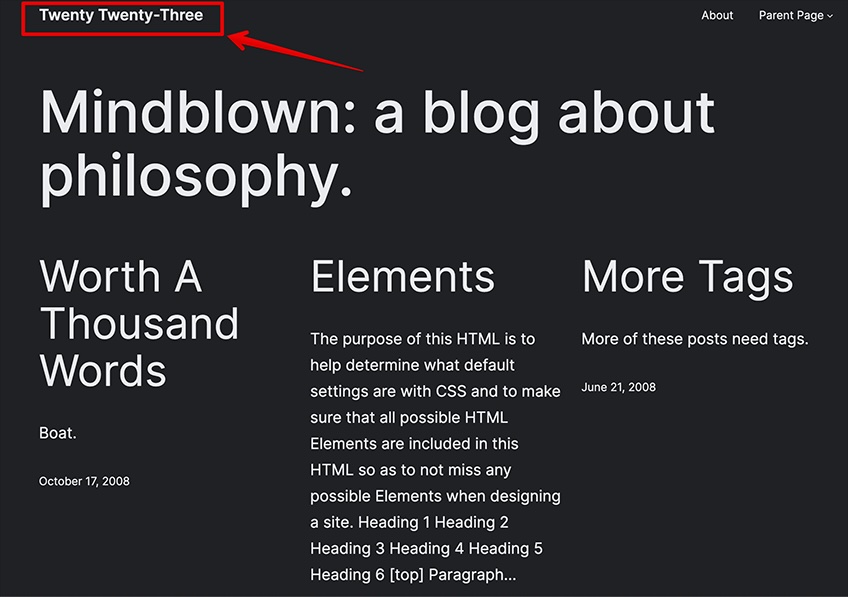
For website owners who make frequent design changes, WordPress is super convenient because it allows you to install multiple themes and keep them in reserve in case you want to activate a different one later on. However, as cool as this sounds, it’s not really a wise practice. This is because inactive WP themes can take up a lot of space, impede your performance, and sometimes provide malicious actors with attack vectors to hack your site.
That said, if you’re looking for a walkthrough on how to uninstall your inactive WordPress themes, look no further. Actually, wait, look just a little bit further—because it’s right here.
Last Minute Checks Before Removing a WordPress Theme
As just mentioned, WordPress allows users to have both active and inactive themes. Naturally, your active theme is the live visual frontend that gets shown to your users whenever they land on your site. Meanwhile, inactive themes are visual skins that exist in your site’s backend but aren’t currently enabled or visible to visitors.
The words frontend and backend are representations of what your users see as opposed to what you see when you access your site as an administrator, respectively. In other words, if the frontend represents the storefront of your website, then the backend is like the warehouse with all of the extra inventory in the back.
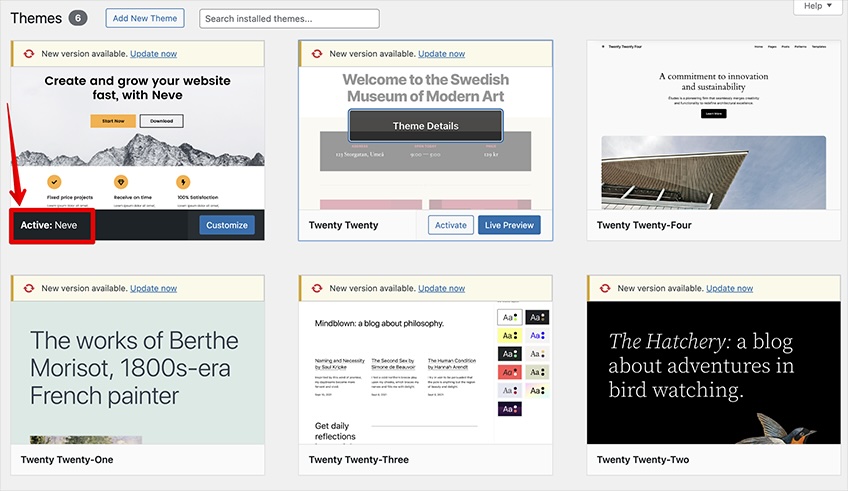
Before diving in and trying to delete everything all at once, keep in mind that you can’t delete your active theme, as doing so would break your site, in a sense. And truth be told, many site administrators recommend that you keep at least one extra theme on the back burner just in case something goes wrong with your active theme. In this case, even if your extra theme is so similar that it’s redundant, you’ll have something reliable to fall back on if your current theme ever gets corrupted, accidentally deleted, or retired by the developer.
Remember, it’s ultimately up to you to decide whether you want to have an inactive theme serving as a possible alternative for your main theme. Either way, it’s also a good practice to back up your full WP site before making any lasting changes to your themes. If you remove one of your themes by accident, for example, you can easily restore it without breaking your site.
How to Remove WordPress Themes In Under a Minute
The easiest, quickest, and most efficient way to remove WP themes is by using the admin dashboard in your WordPress backend. Here’s how:
1. Open your WordPress Dashboard.
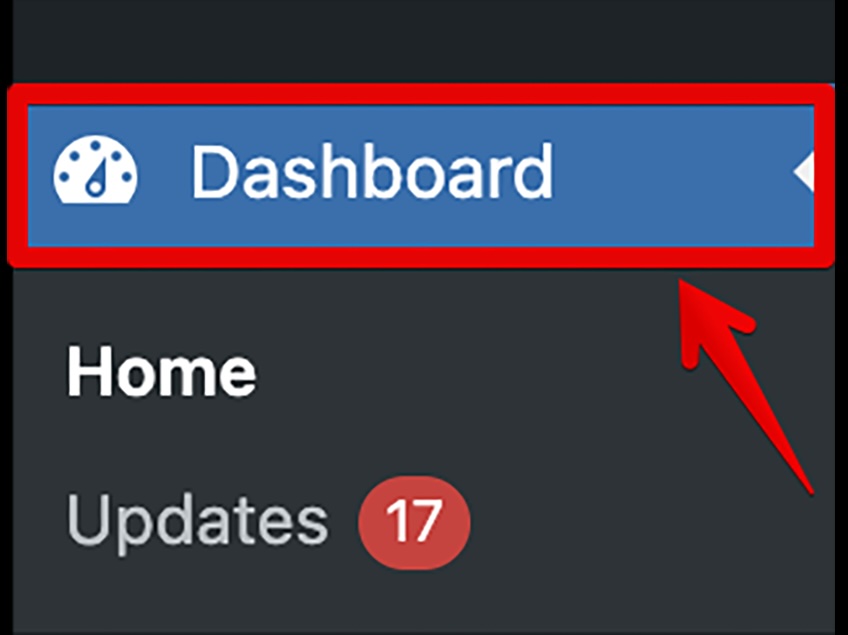
2. Select Appearance > Themes.
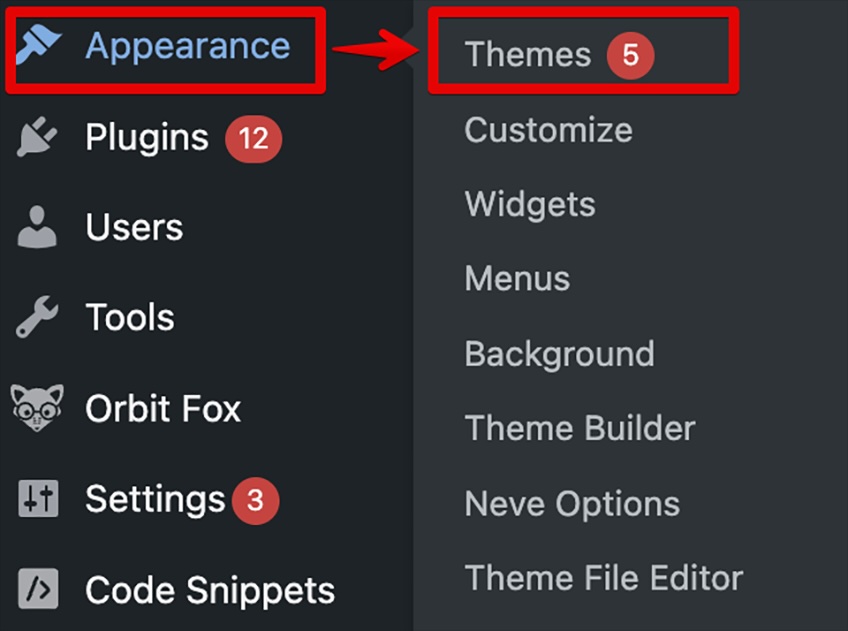
3. Click Theme Details.
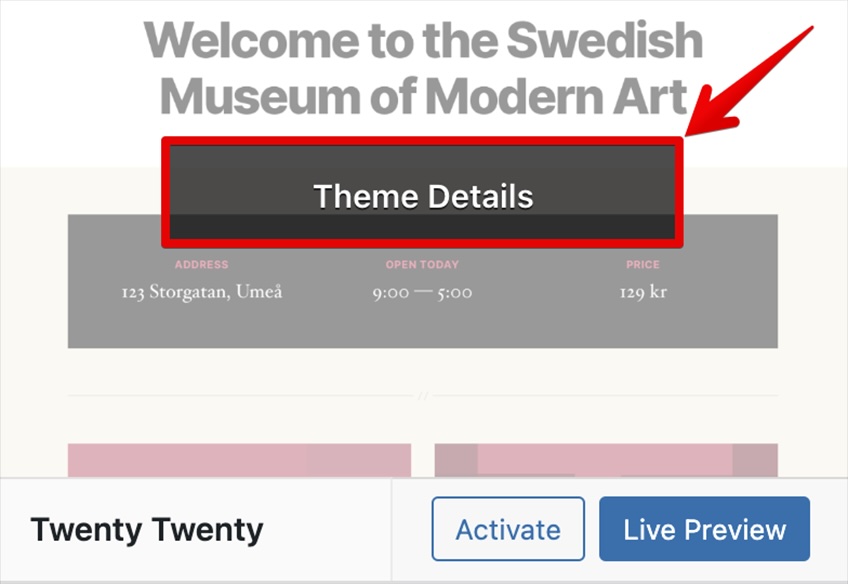
4. Click Delete.
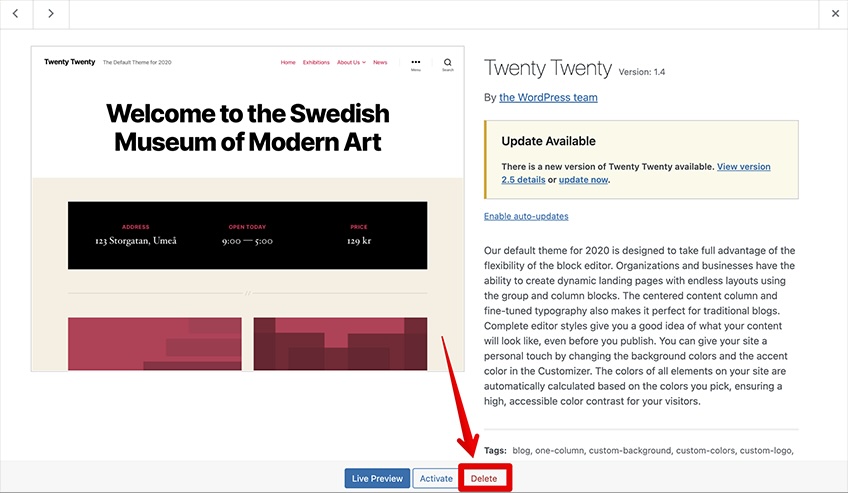
5. Click OK.
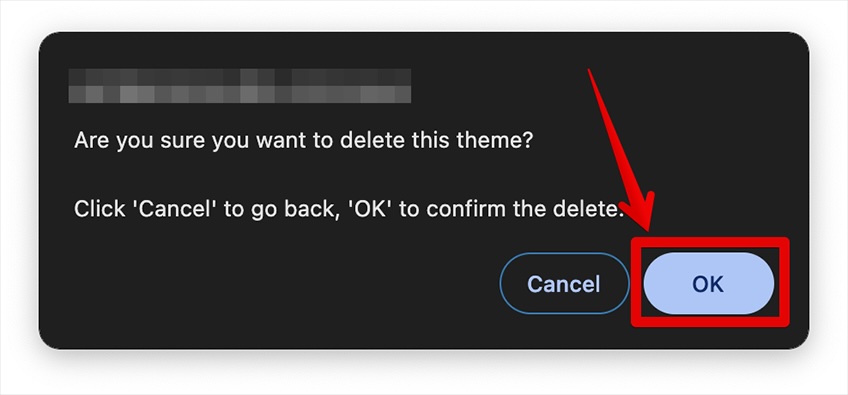
6. Repeat the previous steps for the remaining themes you wish to delete.
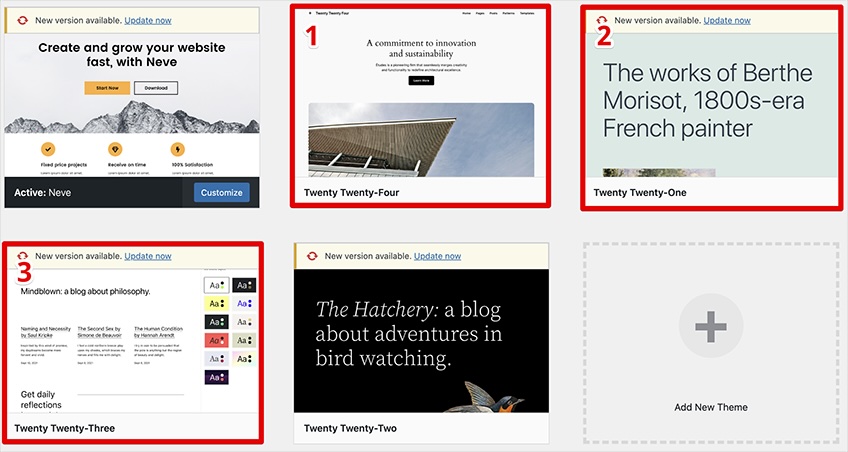
7. (Optional) Leave one theme as backup.
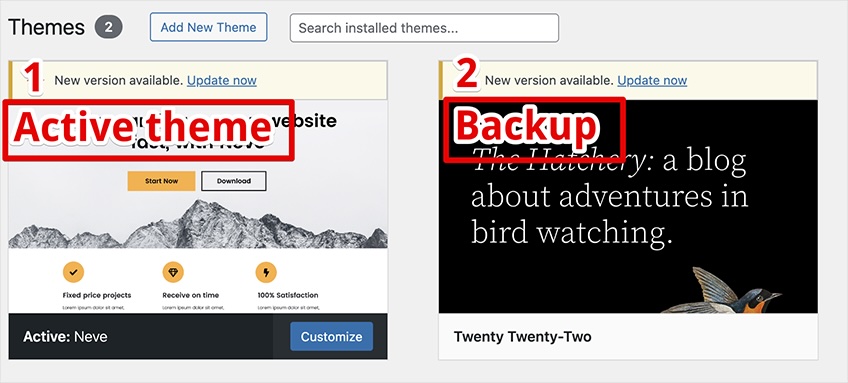
Other Ways To Remove a WordPress Theme
Sometimes you can run into errors when trying to delete a theme from your WP admin dashboard. Other times, a theme’s files might remain on your host’s servers even after you delete your inactive themes.
In these cases, it’s good to have an alternative method of removing inactive, corrupted, or otherwise unwanted themes. In general, there are two ways to do this:
- With cPanel
- With an FTP client
Removing WordPress Themes Using the cPanel File Manager
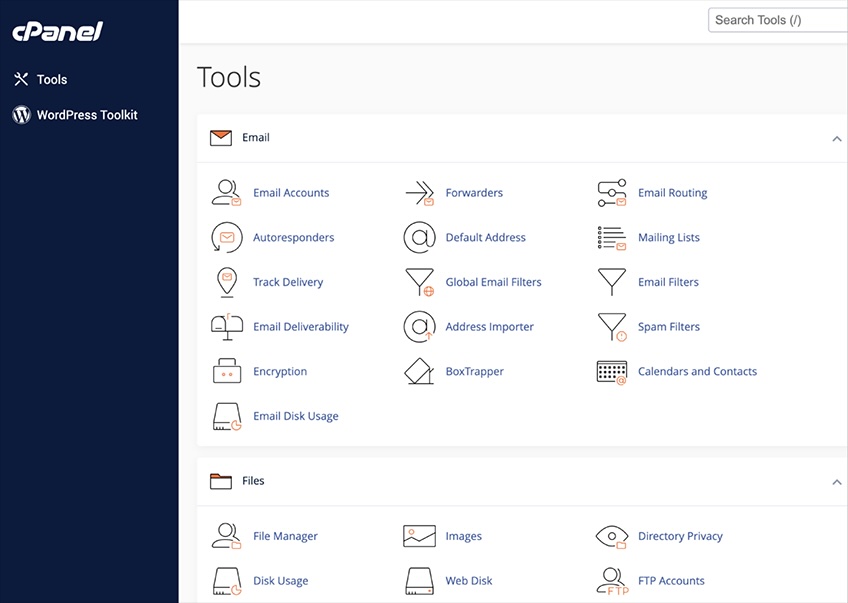
cPanel is an online server and website management software that utilizes a graphical user interface (GUI) to create and publish websites, organize domains, and edit web-based files. In some ways, it’s kind of like an online file manager.
When most industry professionals refer to the term cPanel, they’re usually talking more generally about a hosting provider’s control panel or dashboard—like those featured on DreamHost, SiteGround, and Wix.
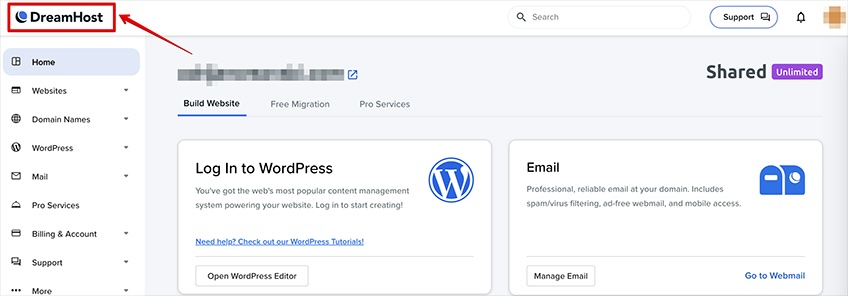
However, although cPanel falls under the definition of a control panel for websites and servers, not all WordPress hosting providers use the tool. This is most likely because the company behind cPanel increased its prices over the last couple of years, leading many hosting providers (like DreamHost) to move away and reduce spending. It could also be because more hosting providers have improved the user functionality of their own dashboards, giving them far more control.
Other companies, like HostGator and Bluehost, still use cPanel.
Anyway, if you’re a WordPress user and your provider uses cPanel, you can follow the instructions from your provider to locate and access it.
To remove WP themes with cPanel, perform the following steps:
1. Log in to cPanel.
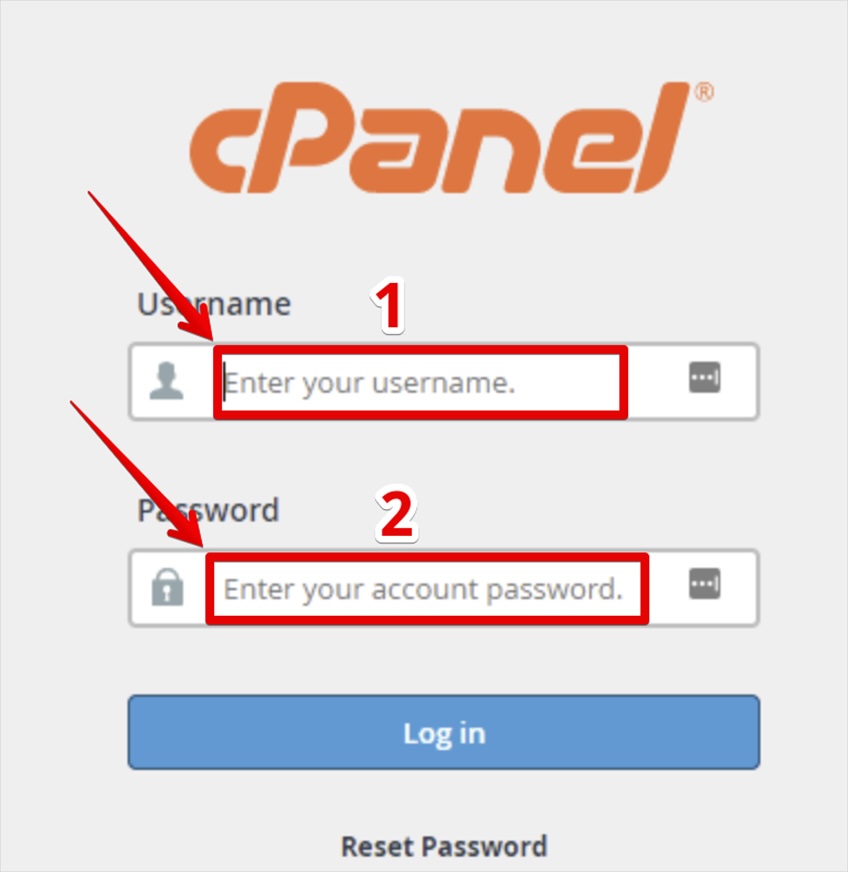
2. Select Files > File Manager.

3. Navigate to public_html > wp-content.
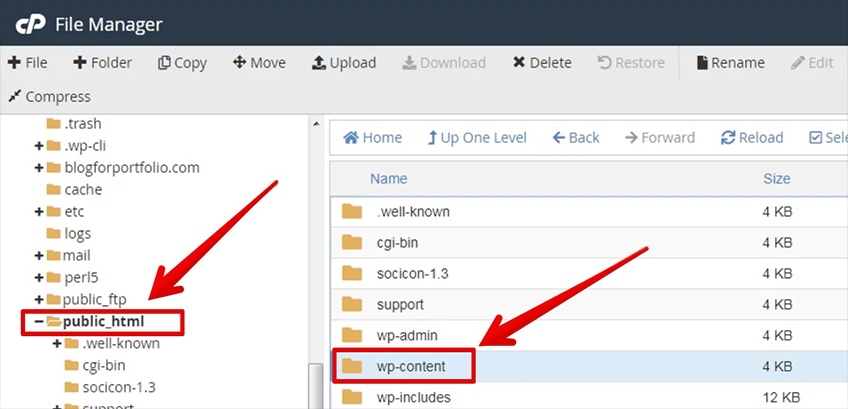
4. Open themes.
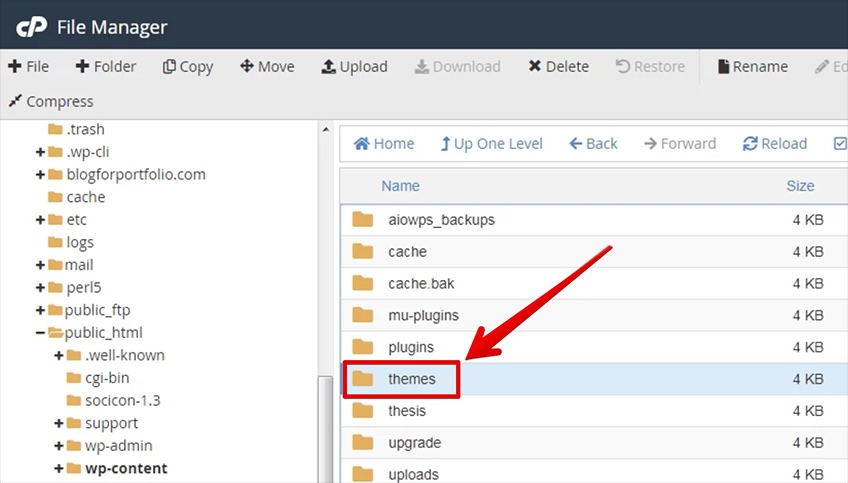
5. Right-click and choose Delete to remove the theme.
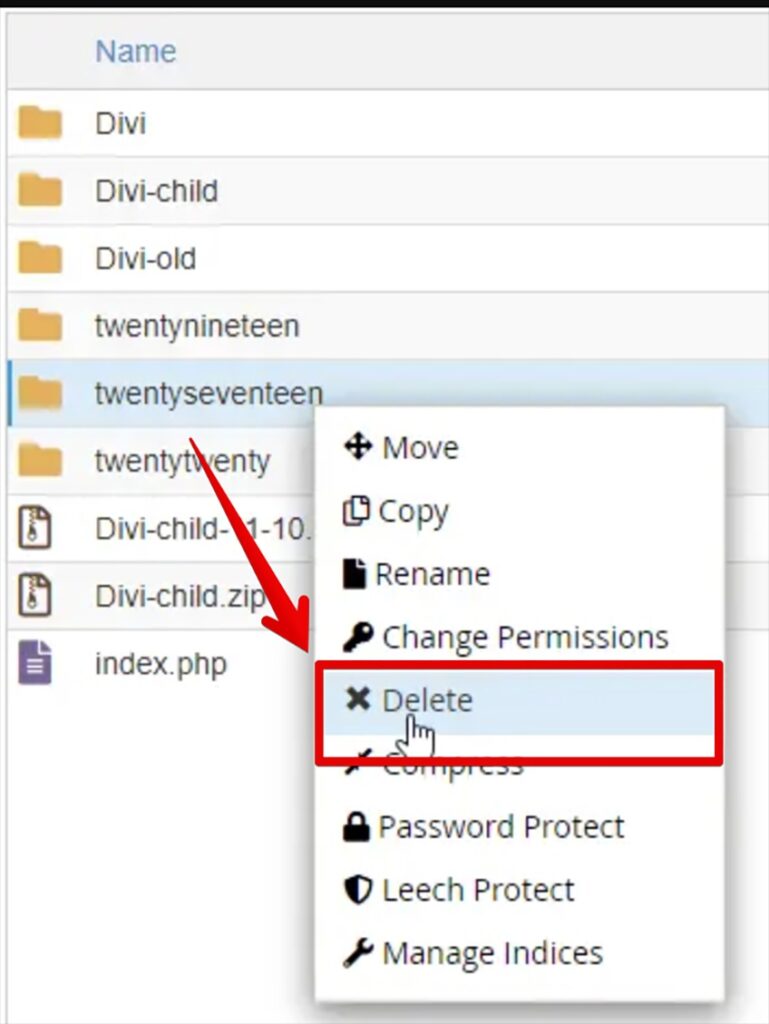
It’s a good idea to use cPanel instead of the default WordPress admin interface when you want a more granular approach to your site. This includes performing tasks like editing, removing, copying, and moving single or multiple files from your themes.
Removing WordPress Themes Using an FTP Client
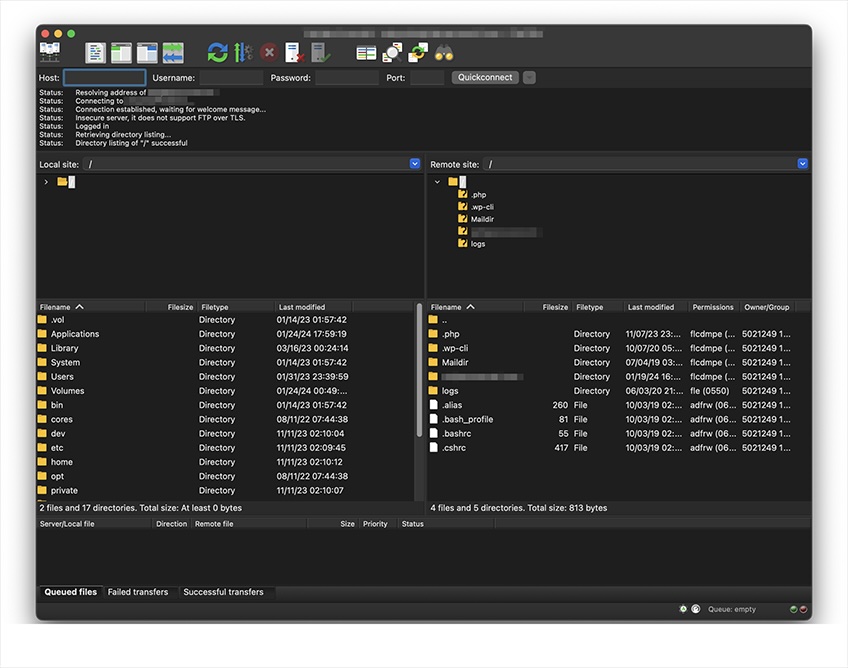
Removing themes and theme files with the file transfer protocol (FTP) method is meant for advanced users, but it’s a very thorough approach that grants total control over managing the files on your site’s server.
Popular FTP clients include FileZilla, WinSCP, and Cyberduck.
Here’s a hands-on way to remove themes using an FTP method via FileZilla:
1. Download FileZilla.
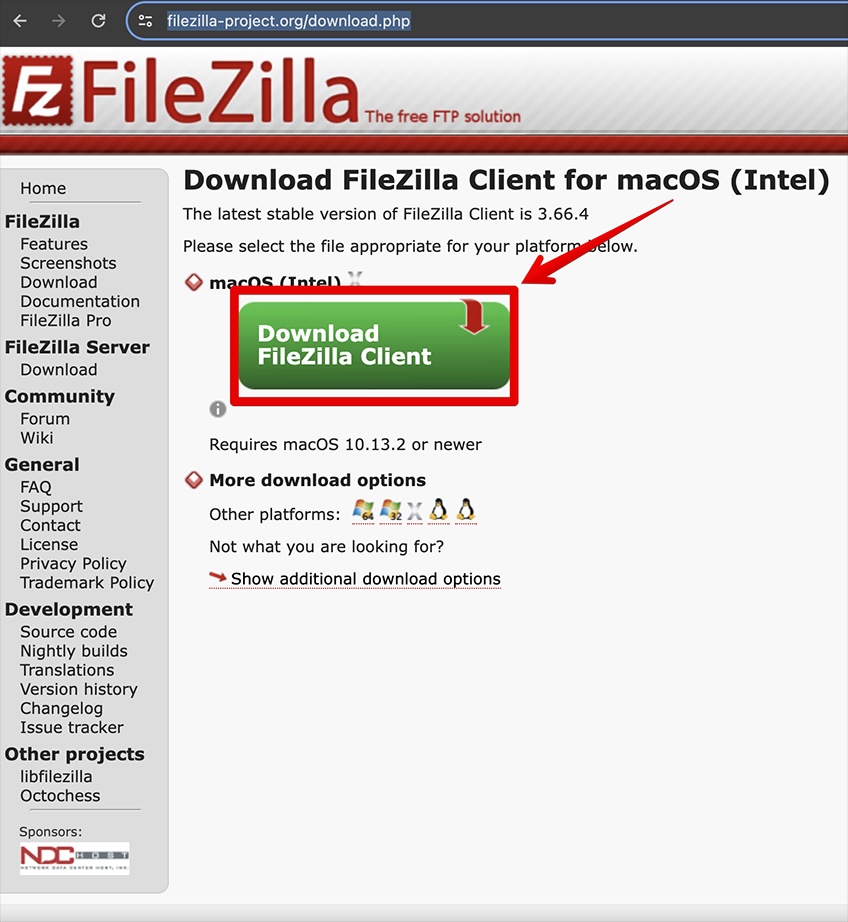
2. Gather your FTP credentials from your provider. (Maybe you did this before starting.)
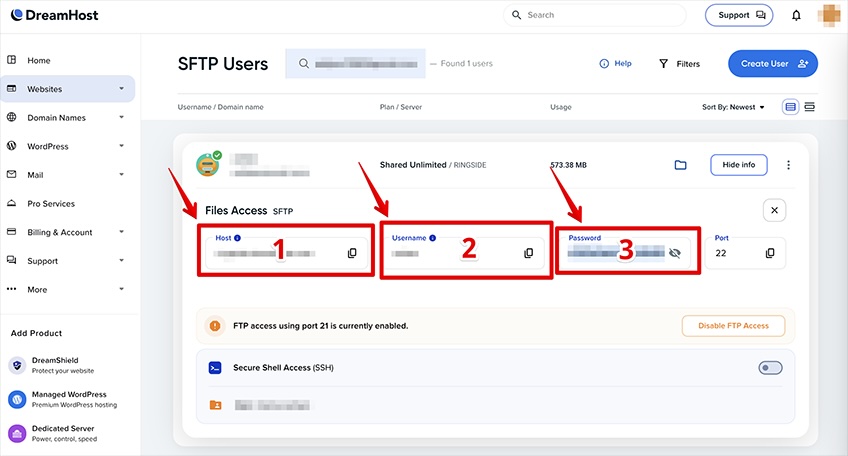
3. Navigate to File > Site Manager and enter your credentials.
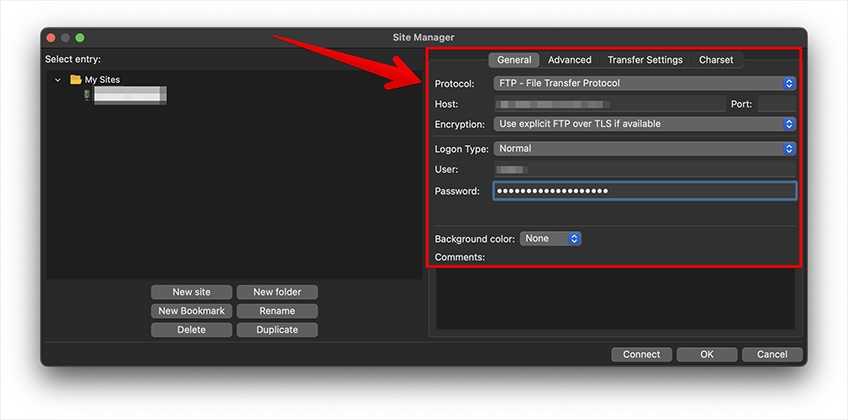
4. Navigate to your-site.com > wp-content > themes.
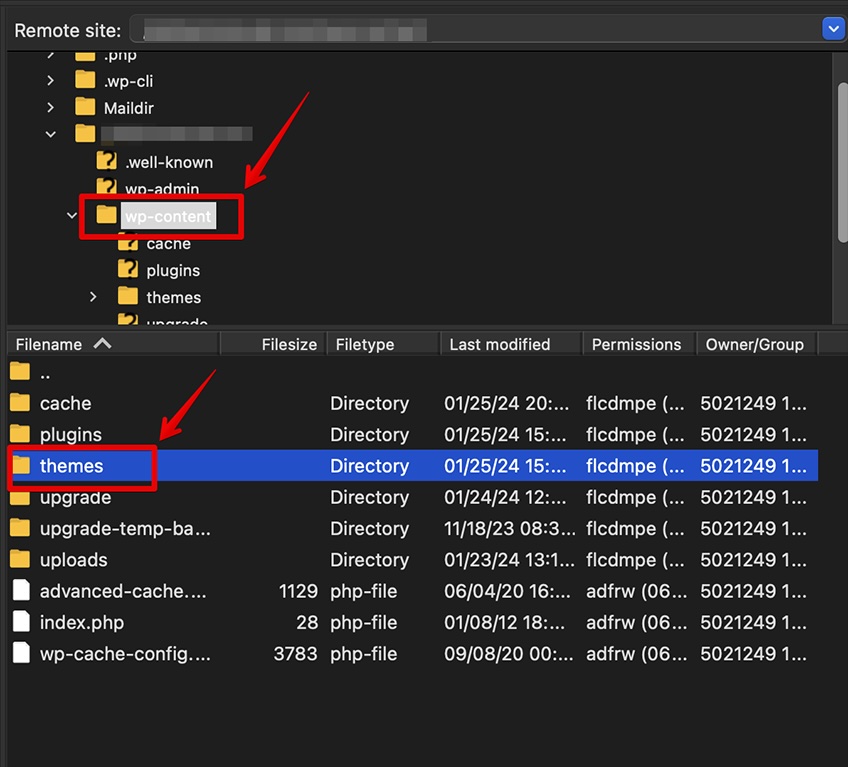
5. Right-click and select Delete.
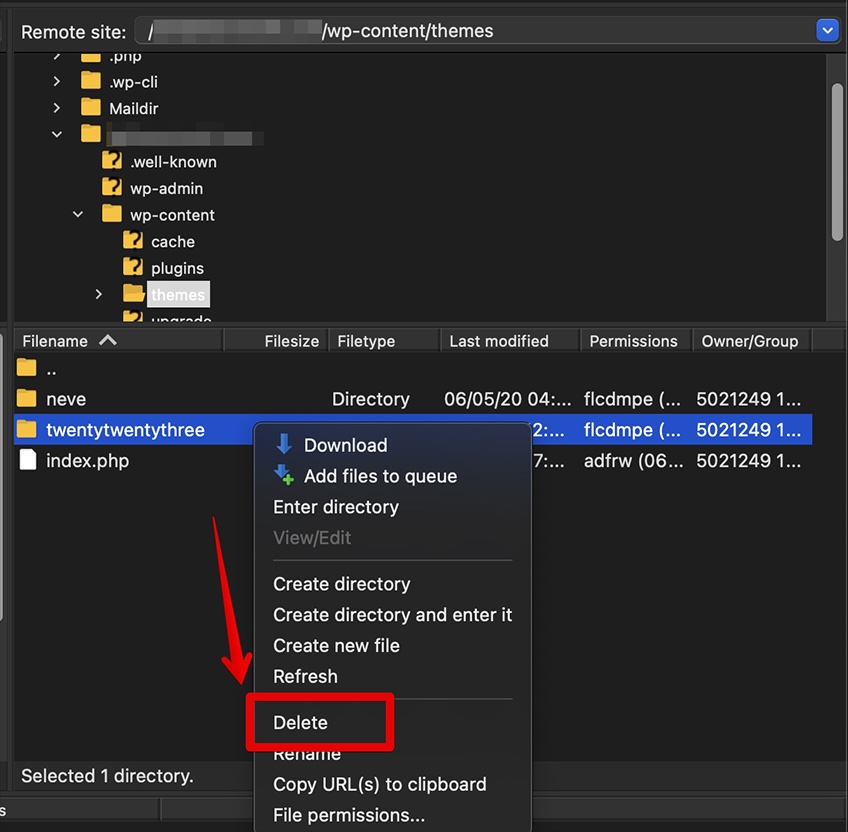
6. Click Yes to confirm.
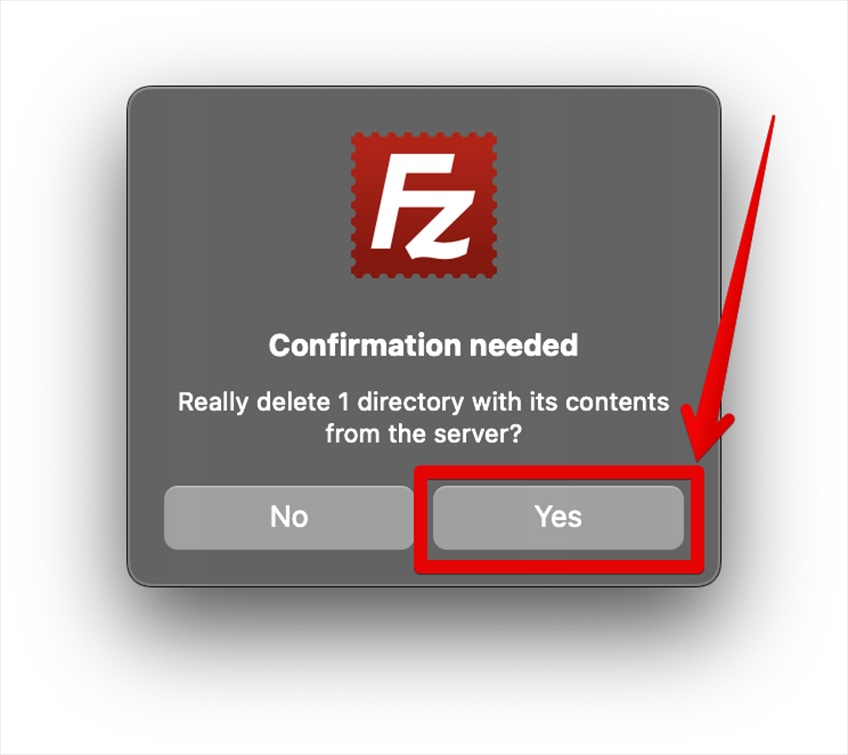
With a free client like FileZilla, the FTP method is preferable to using the default WP dashboard when you’re unable to access your WP admin interface—or when you want to check if your WP theme files have been properly removed from the server.
Conclusion
Above all else, remember that keeping several themes in your WP dashboard can be detrimental to your site’s health, performance, and security. That’s why it’s essential to remove all of the themes you’re not using and optimize the ones you do. Before that, however, don’t forget to back up your data as a planned redundancy against accidents and other undesirable outcomes.
For more inspiration, you can check out the best WP themes for blogs. Next, take a look at our detailed guide on how to create a website with WP and start your online business today.
